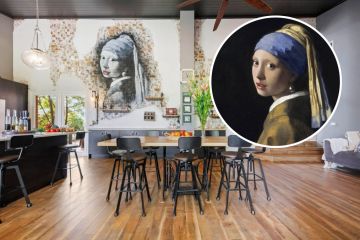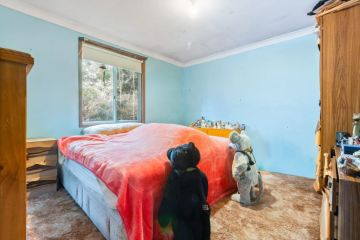Reviving a ruinous and historic 1860s workers cottage in Sydney's Balmain
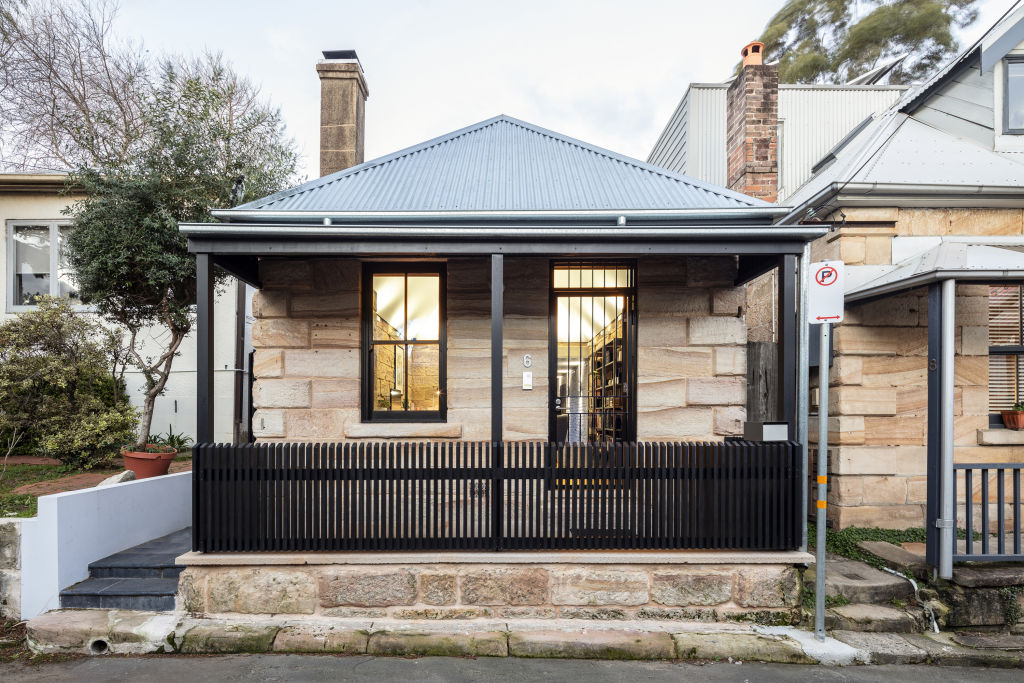
Slightly awed by the leap of faith a downsizing empty-nester couple took in buying a “ruinous” late 1860s Balmain workers’ cottage, architect Andrew Benn says “they wanted to keep the feeling of the history while adding on a sympathetic modern addition”.
Once the jerry-built lean-tos of the five-metre-wide deceased estate were removed, there was little left of the old.
“Just two tiny dilapidated front rooms: a tiny living room and a tiny bedroom,” Benn says.
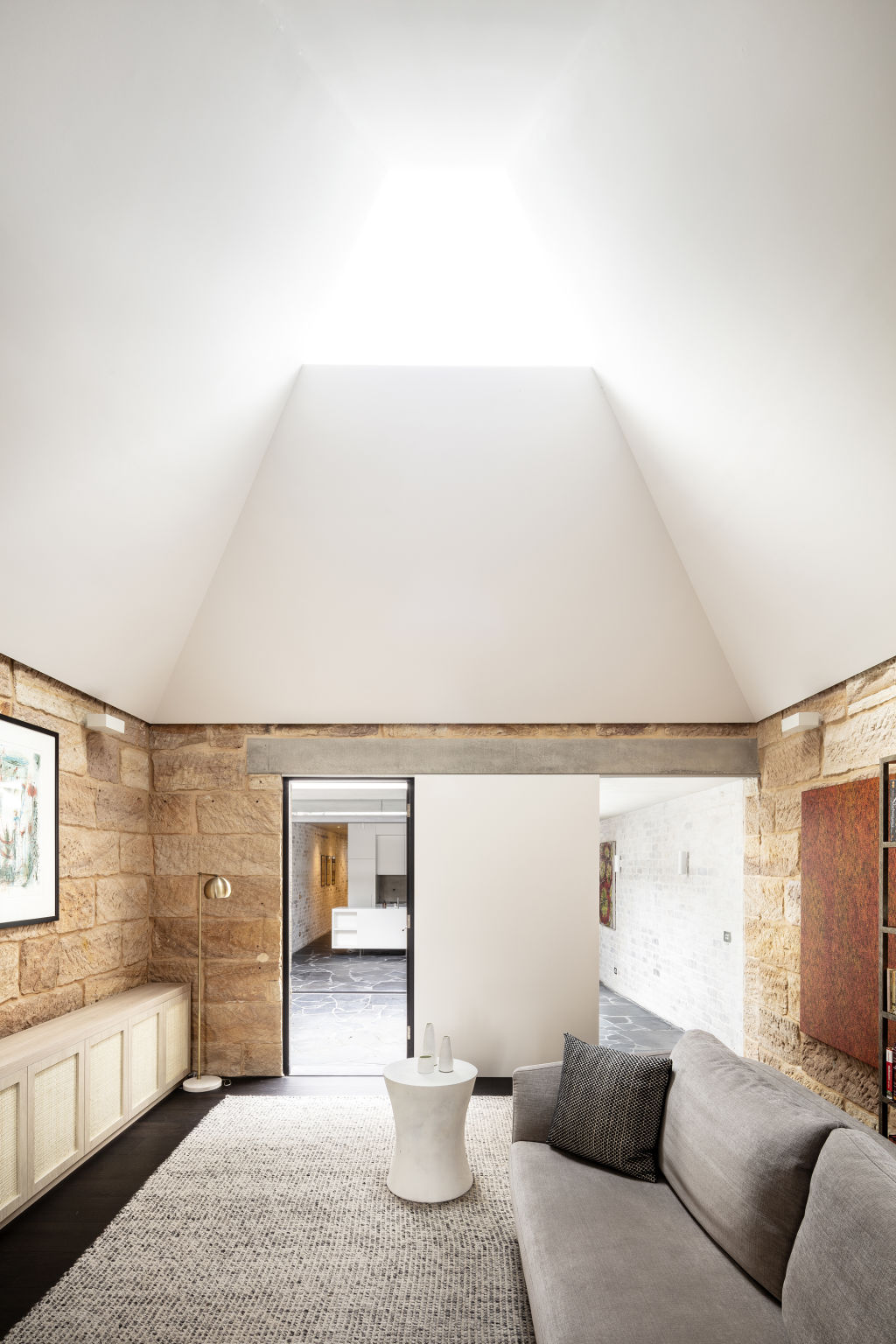
Yet when the plasterboard that had maintained the internal sandstone walls in surprisingly good nick was taken down, the history was there, etched in honeyed rock – “the pick marks and all the odd cuttings and holes that had supported structures and shelves; all sorts of curious little carvings,” Benn says.
Those two tiny chambers have become the high-raked entry sitting space in the now two-bedroom, intriguingly-arranged domain that shows off Benn and Penna’s specialty – of coupling the original with the contemporary. As Benn admits, it “is quite a tricky thing. But it’s our niche.”
The addition — technically two levels but it works by being a half-measure below ground at the rear, and a half-level above it — is made out of of stone, concrete and recycled brick. It set out to be “a shadow of the existing cottage”, taking its material cues from the sandstone.
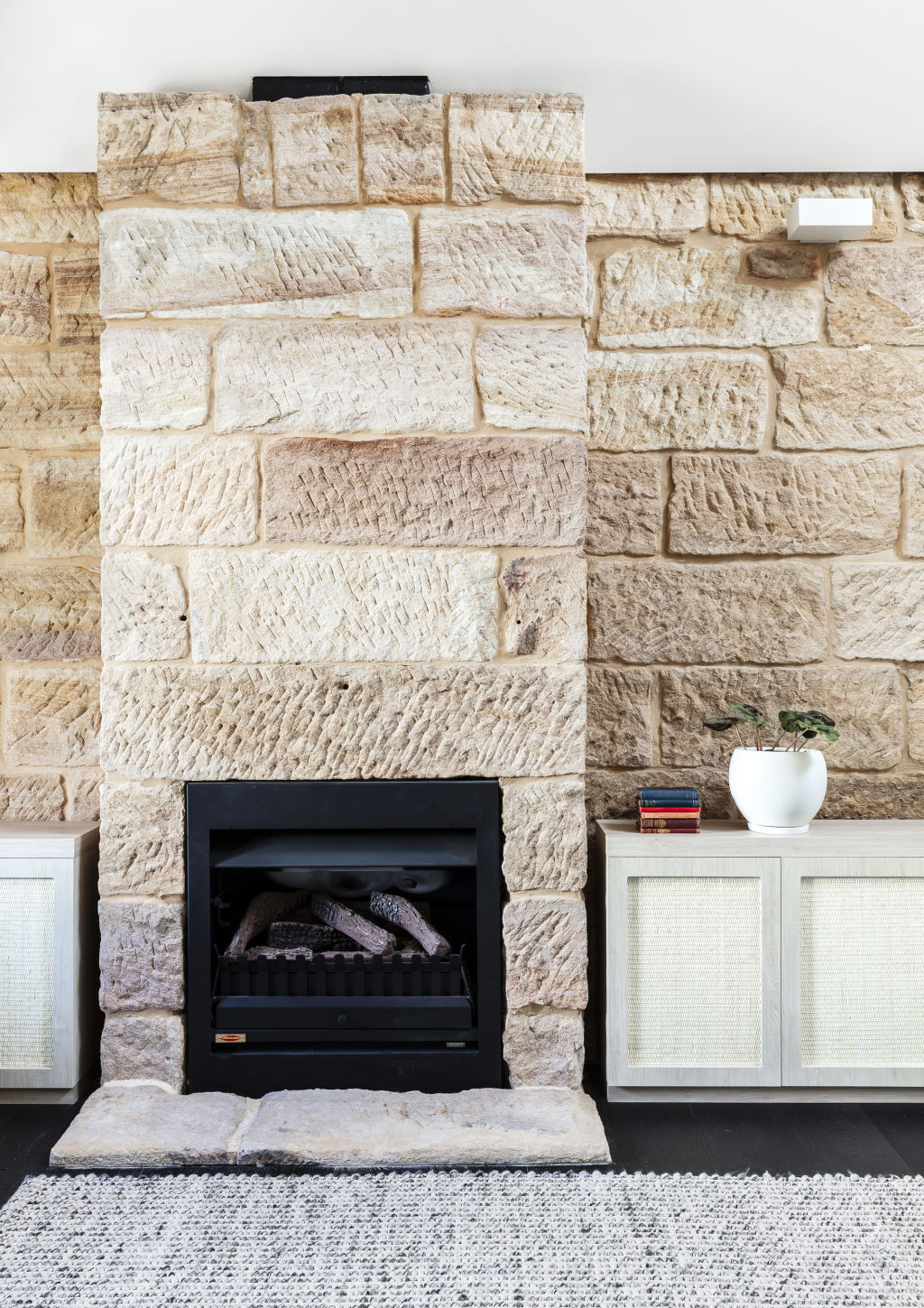
That it has so much internal illumination serving as such a seductive come-on in the program of rooms comes partly from several adroitly placed skylights and the fact that it’s not one structure but two, joined by the umbilicus of a glass corridor.
Behind the original cottage pod, the floor plan enters a small “room-sized” (five-by-five metre) courtyard where random basalt paving sets up an underfoot journey so that even when the floor is in the kitchen, powder room or laundry, it “gives an impression that you’re outside, when you’re inside”, says Benn.
The two-level pavilion with a stunning void above the kitchen, that is a high light well subdividing two upstairs bedrooms, has an asymmetrical gable form when viewed from the back garden. “And with various other subtracted spaces, that creates a very sculptural rear elevation.”
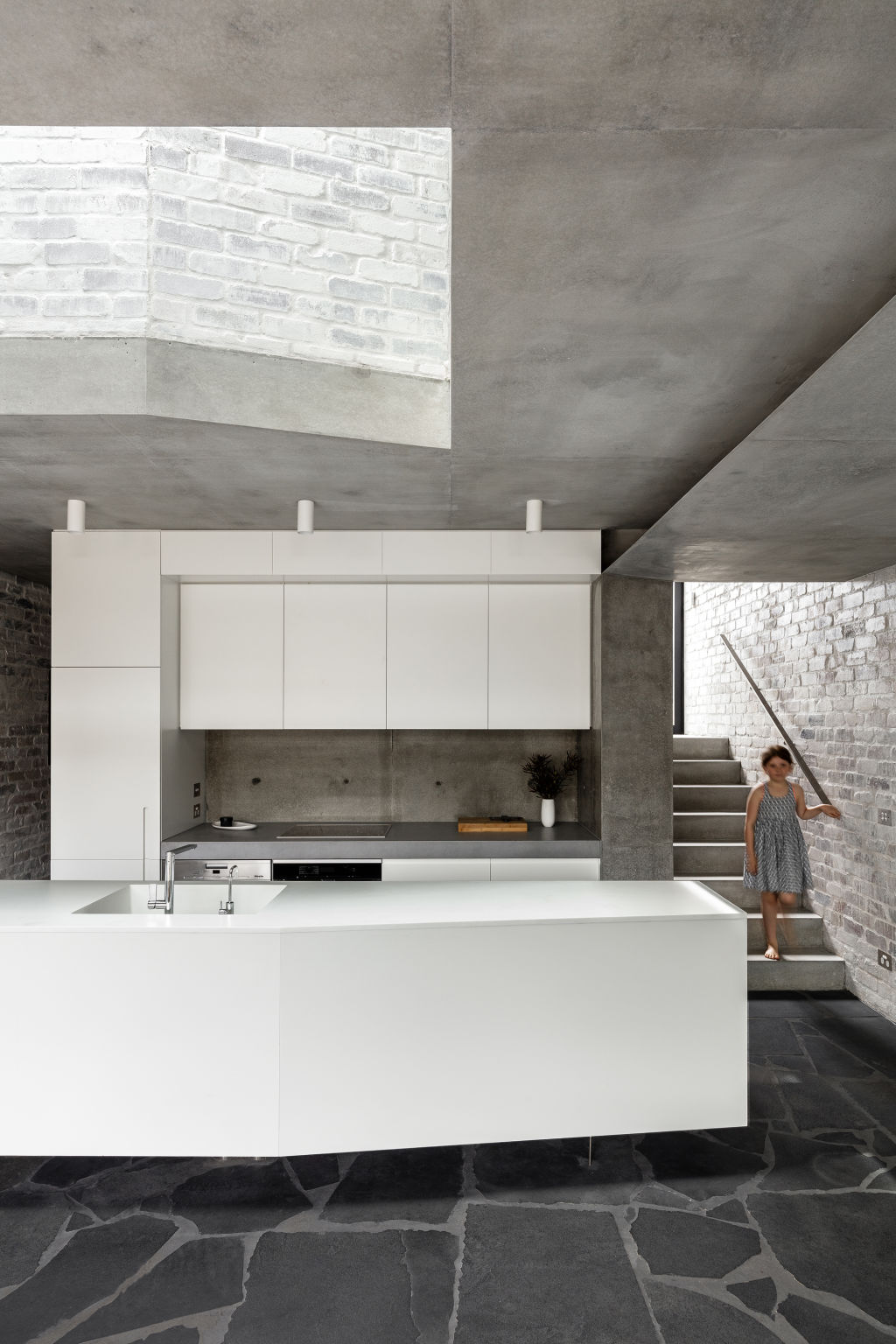
The new exteriors and some of the internal walls and stairs are solidly made of form-poured concrete in keeping with the preference of the design-savvy clients. That was, says Benn, “both exciting and frightening to us because it’s the first time we’ve used concrete so extensively in a project”.
It is, however, the elegant counterweight to the sandstone. “It’s imperfect. It’s got a sense of weight and can be beautifully sculptural. It gave whatever we did with it the characteristic of stone.”
The monotonal materiality includes the novel treatment of the bricks recycled from the block and put back into some of the walls. Bagged and washed with an opaque, transparent paint “to unify the spaces”, the paled-out brick is another key to the cohesion of a lovely home.
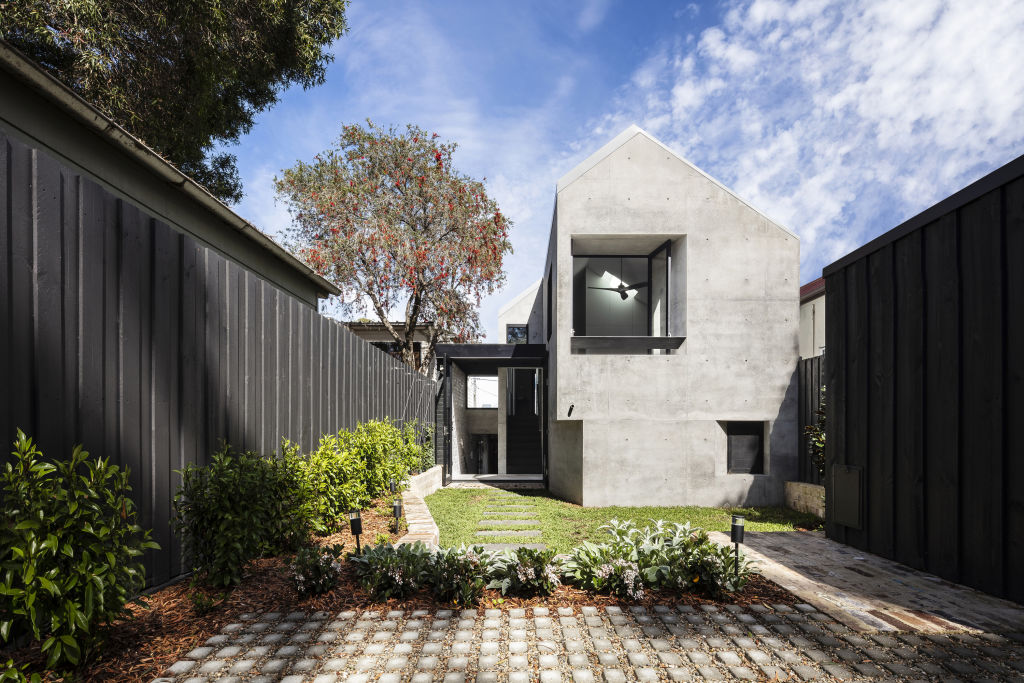
“Simple in planning,” Benn suggests (too modestly), “we’ve made a rich domestic environment with very efficient use of spaces that are all very different, with different qualities; some are light, some dark, some brick, some concrete … but they all ultimately balance.
“It has all been very rationally set out. But there are a lot of little tweaks. A lot of angles in walls that slide back and forth.
“The light is another big part of it. It brings out the textures and internally creates an aesthetic coolness.”
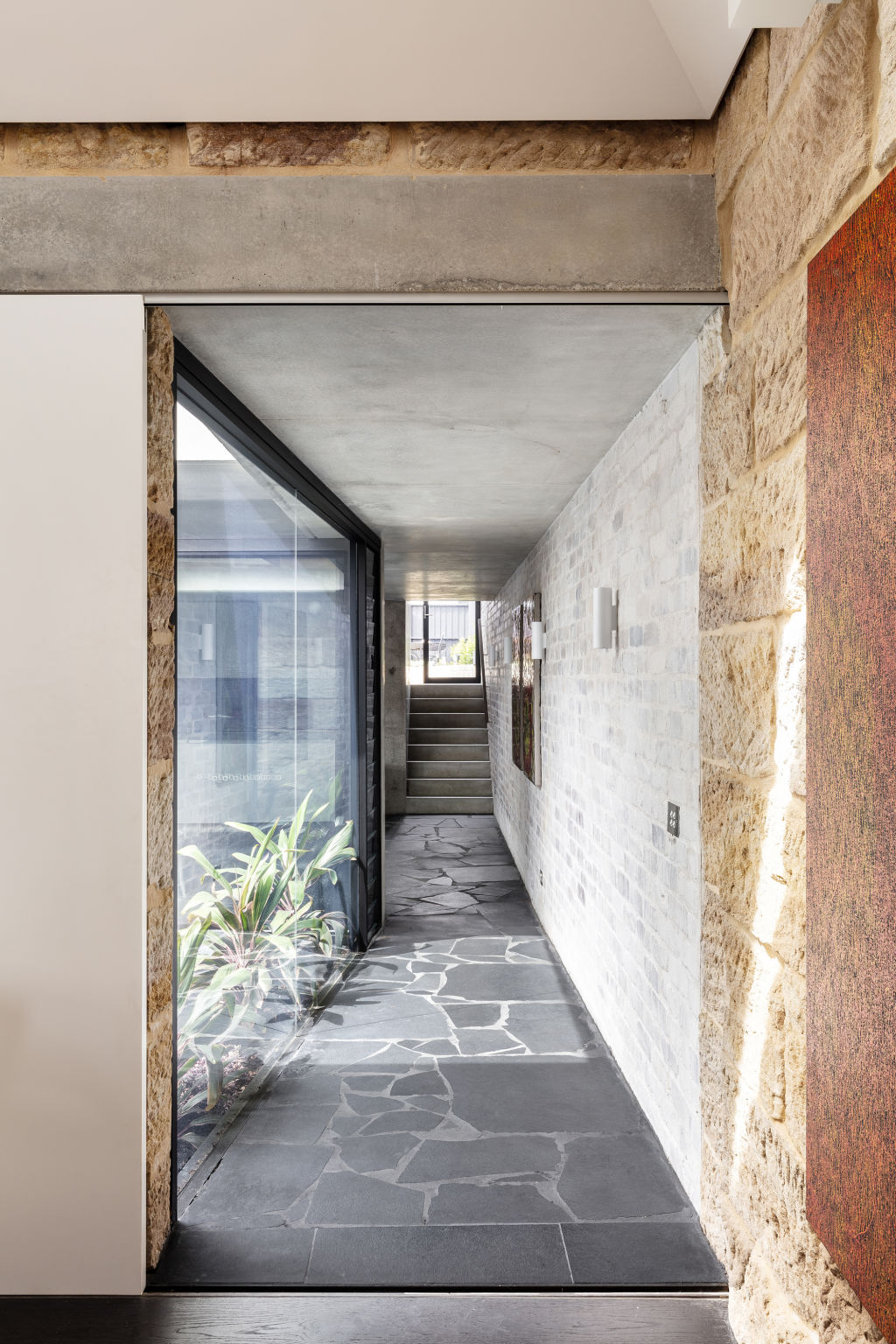
We recommend
We thought you might like
States
Capital Cities
Capital Cities - Rentals
Popular Areas
Allhomes
More
